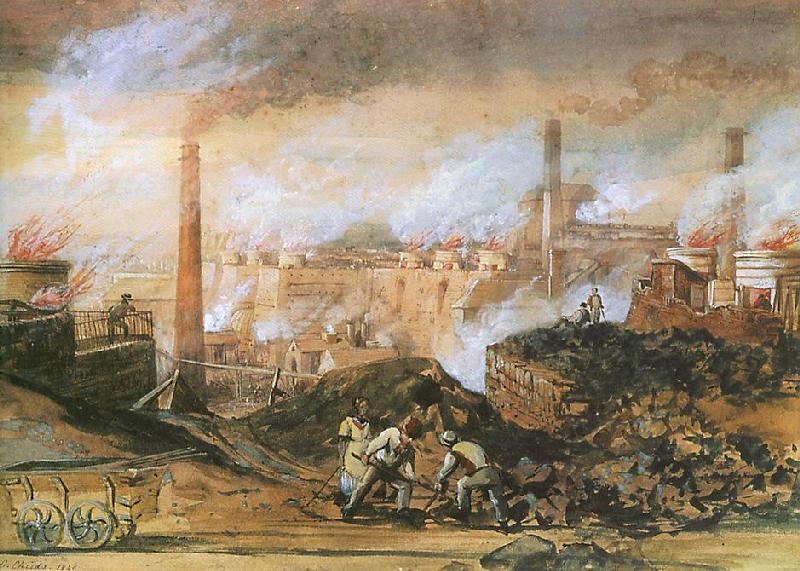AustLit
-
Setting a work in the Victorian era (or an alt.Victorian era of steampowered robots or a pseudo-Victorian secondary world) means co-opting an historical period that is synonymous with vast industrial development, of a wave of socio-economic mobility in the development of the middle classes and the expansion of the cities, of shifts in social preconceptions of gender, and of the burgeoning of empire.
But there is a shadow side to these Victorian achievements: devastating industrial accidents and the impoverishment of the artisans whose work is mechanised, the widening of class differences as the aristocracy differentiate themselves from the middle classes and the middle classes mimic the aristocracy, the origins of city slums as rapid urbanisation demands housing for multitudes, the backlash against suffragettes and other early awakenings of feminism, and the brutal exploitation of the people who unwillingly found themselves in the path of empire.
This tension is embodied in the term 'Neo-Victorian' itself: the prefix 'neo' is variously adaptive and progressive (as in 'neoclassical') or conservative and retrospective (as in Neo-Nazism) (see Heilmann and Llewellyn, p.5, and Mills, p.163). In using the term 'neo-Victorian', are we using term in one way or the other – or both? How does steampunk balance the nineteenth century and its shadow side?
In attempting to address this question, we examine the following themes in detail: historicity, technology, class and political struggle, gender and sexuality, and colonialism.
You might be interested in...





